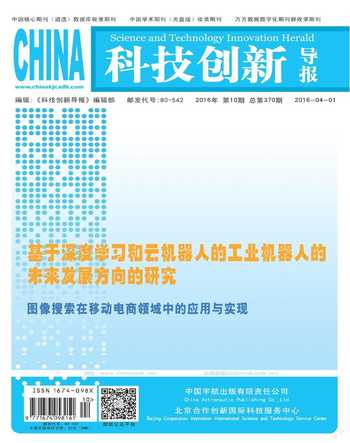强致稳性风机
袁小明 胡家兵
摘 要:传统电力系统的同步稳定主要取决于常规同步电源提供的整步和阻尼转矩的作用,整步转矩不足将导致转子角的滑移不稳定,阻尼转矩不足将导致转子角的周期不稳定。并且,常规同步电源所表现的惯性响应特性对系统短期频率稳定起重要作用。因此,常规同步电源对电网具有较强的“致稳”作用。然而,现有主流风机(双馈型风力发电机、全功率型风力发电机)通常采用基于锁相同步的电流矢量控制,锁相环用于快速跟踪电网频率、相位变化,为控制系统提供频率及相位基准。对于电网机电时间尺度的扰动,锁相环快速的响应特性导致风机无法提供整步转矩及惯性响应特性。随着大规模风电并入电网,逐步取代电网中部分常规同步电源,导致电网惯性减小,甚至整步转矩不足等问题,对电网“致稳”作用较弱,这种现象在多风电、少同步电源的弱电网情况下(酒泉风电基地)将更为严重。因此,风机机电时间尺度的扰动响应特性亟需优化,以增强其对电网尤其是弱电网的“致稳”作用。该文将依据同步发电机内同步机理,对现有风机控制系统进行优化,针对双馈风机提出强致稳性控制,改善其对电网机电时间尺度的扰动响应特性,即提供整步转矩及惯性响应特性,以增强其对电网尤其是弱电网的致稳作用。
关键词:整步转矩 惯性响应 同步稳定
Abstract:The synchronism stability of conventional power system is mainly determined by synchronizing and damping torques provided by synchronous generators (SGs) in grid. In addition, the rotational inertia of grid-connected SGs plays an important role in the short-term stabilization of grid frequency. It can be seen that SGs have strong ability to stabilize the power grid. However, the installed wind turbines (WTs) including DFIG-based WTs and full-power WTs can hardly provide either synchronizing torque or inertial response. In other words, the contribution WTs can make to stabilizing the power grid is quite small. This is because the present WTs synchronize with the power grid relying on phase-locked loop (PLL) technique, which is generally used to quickly capture the grid phase angle and frequency as control reference. When disturbance on electromechanical time scale, i.e., high-power motor start-up, occurs in power grid, the rapid and precise response of PLL almost makes WTs immune to this disturbance. As a consequence, WTs almost have no response, and SGs are forced to be the only contributors in power grid. It is worth noting that this phenomenon will get worsen in weak grid with high penetration of wind power and lack of SGs like Jiuquan wind power base in China. Therefore, good response characteristics of WTs to disturbances need to be available to ensure the safety and reliable operation of grid. This paper proposes two novel control methodologies for DFIG-based WTs with reference to the intra-synchronization mechanism contained in SGs. This can make DFIG-based WTs naturally provide synchronizing torque and inertial response characteristics for disturbances on electromechanical time scale in power grid, and be the positive contributors to stabilize the power grid as SG does.
Key Words:Synchronizing torque;Inertial response;Synchronism stability
阅读全文链接(需实名注册):http://www.nstrs.cn/xiangxiBG.aspx?id=49182&flag=1

